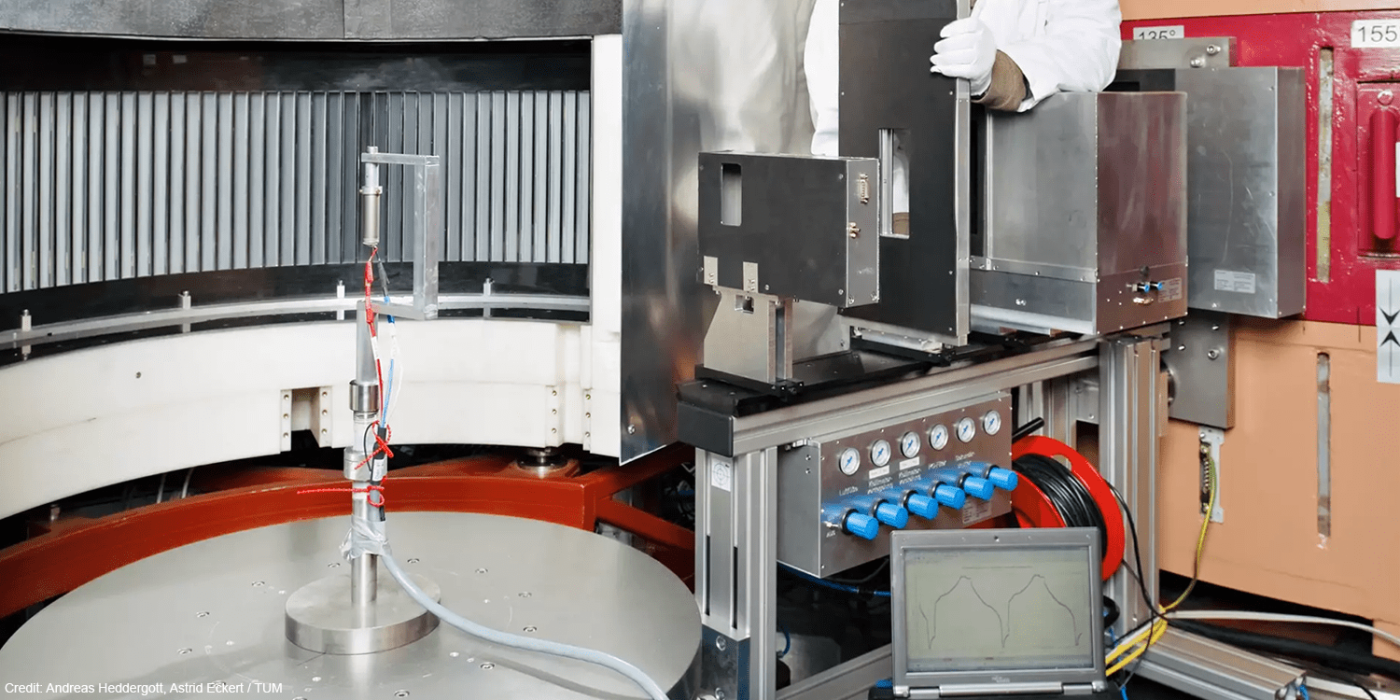Research breakthrough on electrolyte materials for solid state batteries
A research team at the Technical University of Munich (TUM) claims to have found a class of electrolyte materials with improved conductivity. This should make the development of more powerful solid-state batteries possible.
According to a statement by the TUM, it is a crystalline powder that conducts lithium ions better than average. It contains no sulphur, but phosphorus, aluminium and a comparatively high proportion of lithium. The scientists are not more precise at this point. According to the research team, laboratory measurements have shown that this previously ignored class of substances has a high conductivity.
The chemists at the TU Munich are also said to have succeeded within a short time in producing around a dozen new, related compounds that contain, for example, silicon or tin instead of aluminium. This broad material basis allows rapid optimisation of the properties. The synthesised powders are thus promising electrolyte candidates for future solid-state batteries, the Munich researchers conclude.
Studies at the Heinz Maier-Leibnitz research neutron source made a decisive contribution to the discovery of the promising electrolyte material class. “The neutrons we have from the research reactor make it possible to find even the lightest of atoms. This is because the neutrons interact with the nuclei of the atoms and not with the atomic shell, as is the case with X-ray radiation,” explains Dr Anatoliy Senyshyn, who is in charge of the so-called powder diffractometer at the Munich II Research Reactor.
To put it in perspective: while conventional batteries use a liquid electrolyte through which the lithium ions migrate from the anode to the cathode and back again, solid-state batteries do not contain any liquid. The electrolyte consists of a solid substance. The problem: to date, lithium ions can only diffuse slowly through solid materials.
“[…] in practice, the solid-state electrolytes available up to now, mostly oxidic ceramics or compounds based on sulfur, have proven unable to completely meet expectations,” explains Prof. Thomas Fässler from the Chair of Inorganic Chemistry with a focus on New Materials at TUM. Together with his team and in close cooperation with TUMint-Energy Research GmbH and the University of Augsburg, he is looking for more efficient electrolytes: “Our objective was to better understand ion transport and then to use this knowledge to increase conductivity.”
With the help of neutron diffraction, the researchers were now able to visualise how the ions use free spaces in the crystal lattice for their migration. In the new class of substances, these free spaces are arranged in such a way that the ions are equally mobile in all directions. This is related to the high symmetry of the crystals and is probably the cause of the “superionic lithium conductivity”, as the TUM team puts it. According to Prof. Fässler, this basic research has the potential to “accelerate the development of more powerful batteries”.
The project titled ‘Potential Industrialization of Solid-State Electrolyte Cells’ was funded by the Bavarian State Ministry for Economic Affairs, Regional Development and Energy.





1 Comment